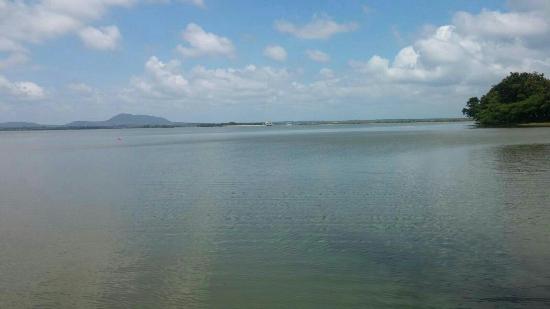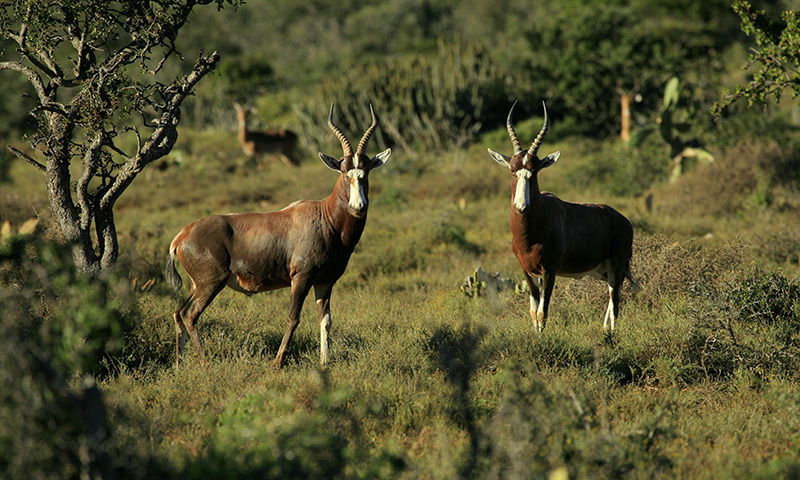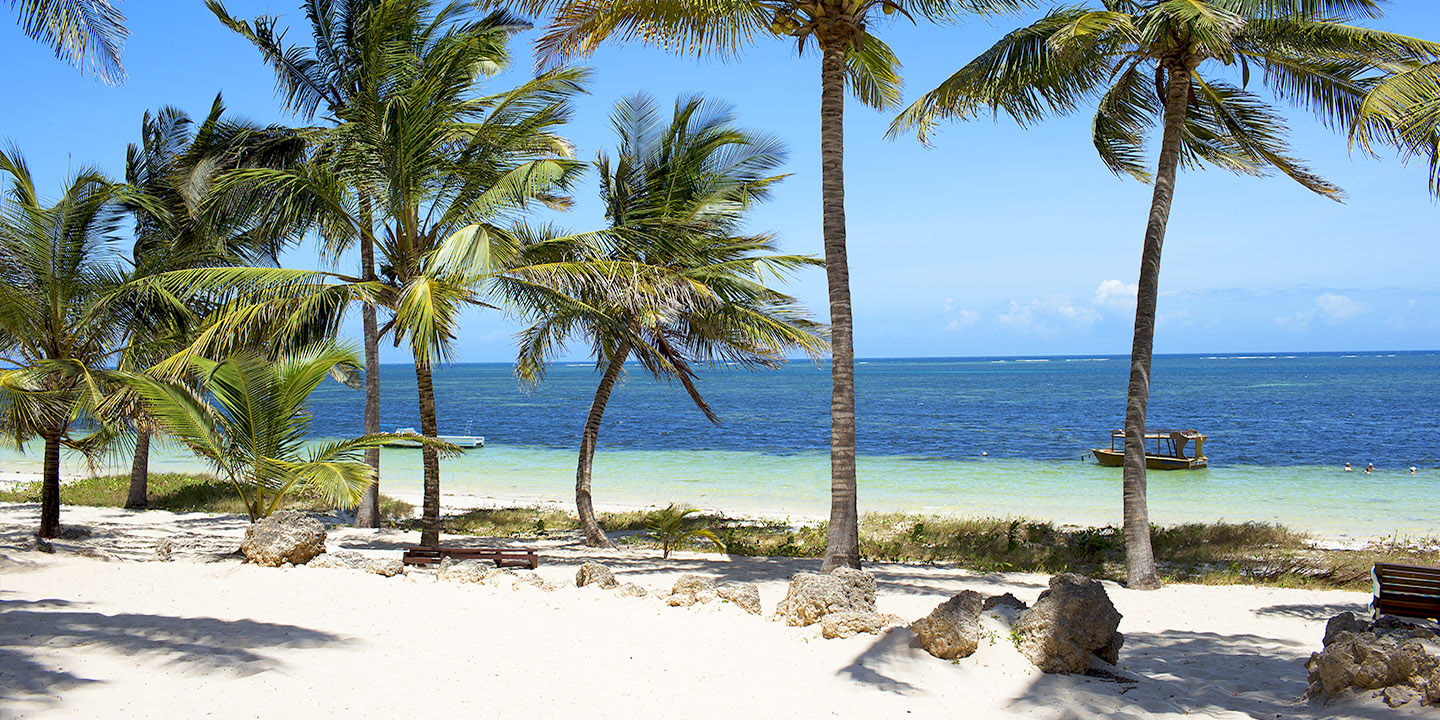First Day in Rwanda, First day of My First Job

“Don’t settle down and sit in one place. Move around. Be nomadic. Make each day a new horizon,”
John Krakauer
The day I stepped into my new work station in the heart of western Rwanda, excitement, euphoria and reality mingled. In my wild imagination, I had foreseen myself working on the tenth floor of the tallest building in Kigali. I had already moulded the image of my residence, a five star hotel for the Regional English Language Trainer or a palatial house in the outskirts of Kigali.
Nyamasheke District would be my new home for the next 12 months. Nyamasheke is one of the remotest places in Rwanda. In fact, Rwandans in other parts have an annihilating saying that goes: “Rwanda is made up of Rwandans and Nyamashekeans,’’ to emphasize its rather isolation from the rest of the country. “To travel is to learn,’’ I kept on muttering under my breath and forcing a smile each time I felt like fainting. To my surprise, these words served me contentment and tranquility.
“Welcome to Nyamasheke District,” said my new immediate supervisor, the District Education Officer. His accent was a blend of French and Kinyarwanda. He introduced himself as Jean Pierre Hakizimana, an A0(an equivalent of a Bachelors Degree) holder from Universite Nanionale du Rwanda. Titles were revered there, I later inferred as we engaged in a 15-minute conversation. “You are here because you are qualified. The best among the best. Show it. Prove to your trainees that you have an A0 in Language Education from the University of Nairobi,’’ he said in a monotonous tone, emphasizing every syllable. He then asked me to assume my new responsibilities immediately. “No time to waste. Rwanda is on the move to achieve vision 2020,’’ he reminded me. He then led me to the district hall, filled to capacity with primary school teachers.
The DEO talked to my prospective trainees at length in Kinyarwanda before introducing me to them. I was received with a round of applause. He asked me to kick-start the training then left. I was not ready. I had not established the language competency levels of my trainees. I had just arrived in Nyamasheke District after 29 hours of travel by bus from Nairobi. Moreover, locating Nyamasheke District headquarters had almost consumed four hours, thanks to the language barrier. Most residents of Nyamasheke were monolingual. They only spoke Kinyarwanda. Some spoke incomprehensible pidgin Swahili.
My eyes were pulsating with pain. My legs were aching. I licked my dry lips. They almost failed to release each other. With pain and struggle, I managed to open my mouth. “Good afternoon ladies and gentlemen. I am here primarily to help you learn English. Rwanda has shifted from Francophone to Anglophone. It is a brave and wise decision by your government considering the fact that Rwanda has now joined the East African Community. All East African Community member states are Anglophone. This will ease trade and movement of human resources in the region.’’
“Pardon,’’ a middle-aged man interrupted, to the amusement of the audience. He continued, “Je ne parle pas anglais. Parlez-vouz francais?’’ (I don’t speak English. Do you comprehend French?). The whole audience roared in laughter. Some cheered. Others Jeered.
My French competency is fluent second language speaker, almost native. I shifted to French and explained to him the importance of being multi-lingual in the age of globalization. I also emphasized the fact that English is the global language of commerce as well as science and technology. This came to them as a surprise. Nobody could fathom seeing a Kenyan communicating in French.
“I did not comprehend anything. You speak French like a white man. You sound like a Belgian. We speak French from Paris,’’ rudely interrupted another middle-aged man in rhythmic Central African French. A young lady came to my aid. “We are here to learn English. Not French. Change your bad attitude,’’ she cut him short in simple English. The middle age man, not the type to accept defeat, stood on his ground, “English has been imposed on us for political reasons. French is here to stay.’’
“If you are not ready for change. You will get extinct like dinosaurs,’’ retorted the young lady in a fit of anger. A section of the audience cheered her. I took control of the hall. I asked them to be calm before spelling out my goals, objectives, teaching methods and content. But for my training to be effective, it would be necessary to place them in various levels of competency . That would be only possible through evaluation(oral skills, grammar, comprehension and reading). I issued my first assignment to my learners, I asked them to write an essay of 200 words about themselves overnight.
That marked the end of my brief introductory session. As I released my trainees, I could hear some of them wondering aloud why their government was wasting a lot of money on foreigners yet they can learn English on their own using Google translator. My body begun to revolt in fatigue. My muscles ached. My vision became blurred. I tottered out of the hall. Somebody patted me gently on the back. I turned back . A tall, slender, light-skinned man flashed a smile at me then suddenly assumed a serious look. “I am the immigration officer of Nyamesheke District. Can I have a look at your job contract and passport?’’ he said as he waved his identification card. His voice was calm but full of authority. I complied to his demand. He scrutinized my documents then said, “You do not have a work permit. Citizens of East Africa get it free within two weeks. Your contract was signed 13 days ago. That means tomorrow you will be eligible for a fine of RwFr 50,000.And the amount will double after a month.’’
I explained to him that I had just arrived in Rwanda and my contract had been back dated to 13 days but he could not hear my excuse.
I was remaining with money enough to cover my accommodation and food for a day. I had not opened a bank account. No airtime in my phone, therefore I could neither receive nor make calls back home. How I would survive for the rest of the month in a foreign country, remained a strange mystery.
But I did not give a damn. I knew it was during times I am far outside my element that I experience myself the most. That I see and feel who I really am. On that note, I kick-started my first job, a 12-month renewable contract with Rwanda Education Board.










 After a 20-minute- ride in a matatu from Nairobi’s bus station, I am finally here at the entrance of Nairobi Safari walk. It is 1pm but the sun’s big eye is shut. Thick grey clouds are hanging dangerously above my head. On my left, stands Nairobi national park’s gate, almost shadowing the view of Nairobi animal orphanage. A group of 3 foreigners, speaking animatedly in Australian accent are taking too long at the reception. One of them, a loud man with heavy make-up and feminine moves is raising eyebrows from onlookers. My patience is on trial. I am tempted to change my mind. Unlike Nairobi animal orphanage and the national park, very little has been written about Nairobi Safari Walk.
After a 20-minute- ride in a matatu from Nairobi’s bus station, I am finally here at the entrance of Nairobi Safari walk. It is 1pm but the sun’s big eye is shut. Thick grey clouds are hanging dangerously above my head. On my left, stands Nairobi national park’s gate, almost shadowing the view of Nairobi animal orphanage. A group of 3 foreigners, speaking animatedly in Australian accent are taking too long at the reception. One of them, a loud man with heavy make-up and feminine moves is raising eyebrows from onlookers. My patience is on trial. I am tempted to change my mind. Unlike Nairobi animal orphanage and the national park, very little has been written about Nairobi Safari Walk.



 Situated in Trans-nzoia county , 27 kilometres north of Kitale town , Saiwa swamp sits on 2.7 square kilometres of land, making it the smallest national park in Kenya. Despite its size, the park is habitat to rare and endangered semi-aquatic sitatunga antelope, endangered debarazza monkey, bush bucks, giant forest squirrels, black and white colobus monkey, amphibians and reptiles. The park is also home to the grey crowned cranes and about 372 other bird species.
Situated in Trans-nzoia county , 27 kilometres north of Kitale town , Saiwa swamp sits on 2.7 square kilometres of land, making it the smallest national park in Kenya. Despite its size, the park is habitat to rare and endangered semi-aquatic sitatunga antelope, endangered debarazza monkey, bush bucks, giant forest squirrels, black and white colobus monkey, amphibians and reptiles. The park is also home to the grey crowned cranes and about 372 other bird species.


